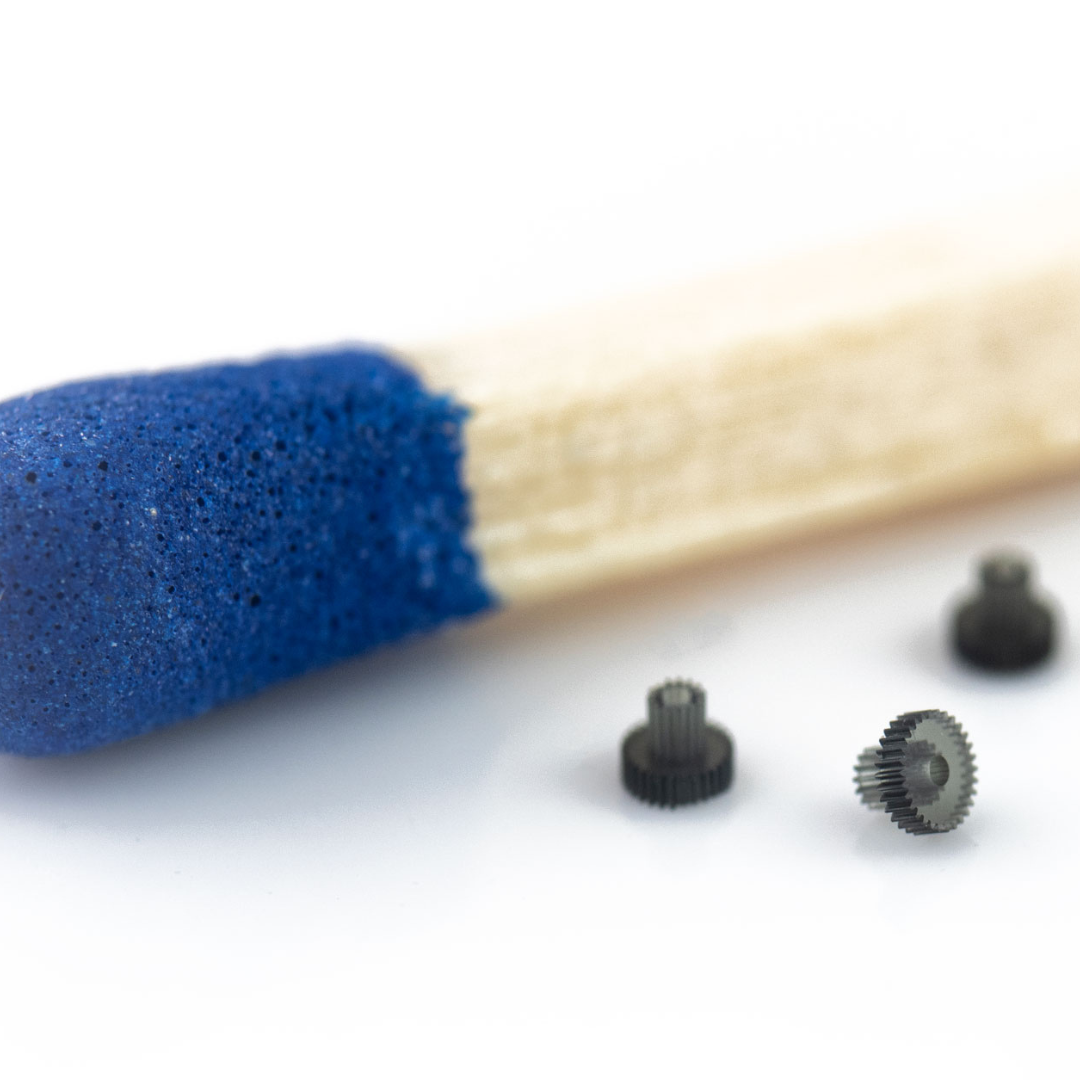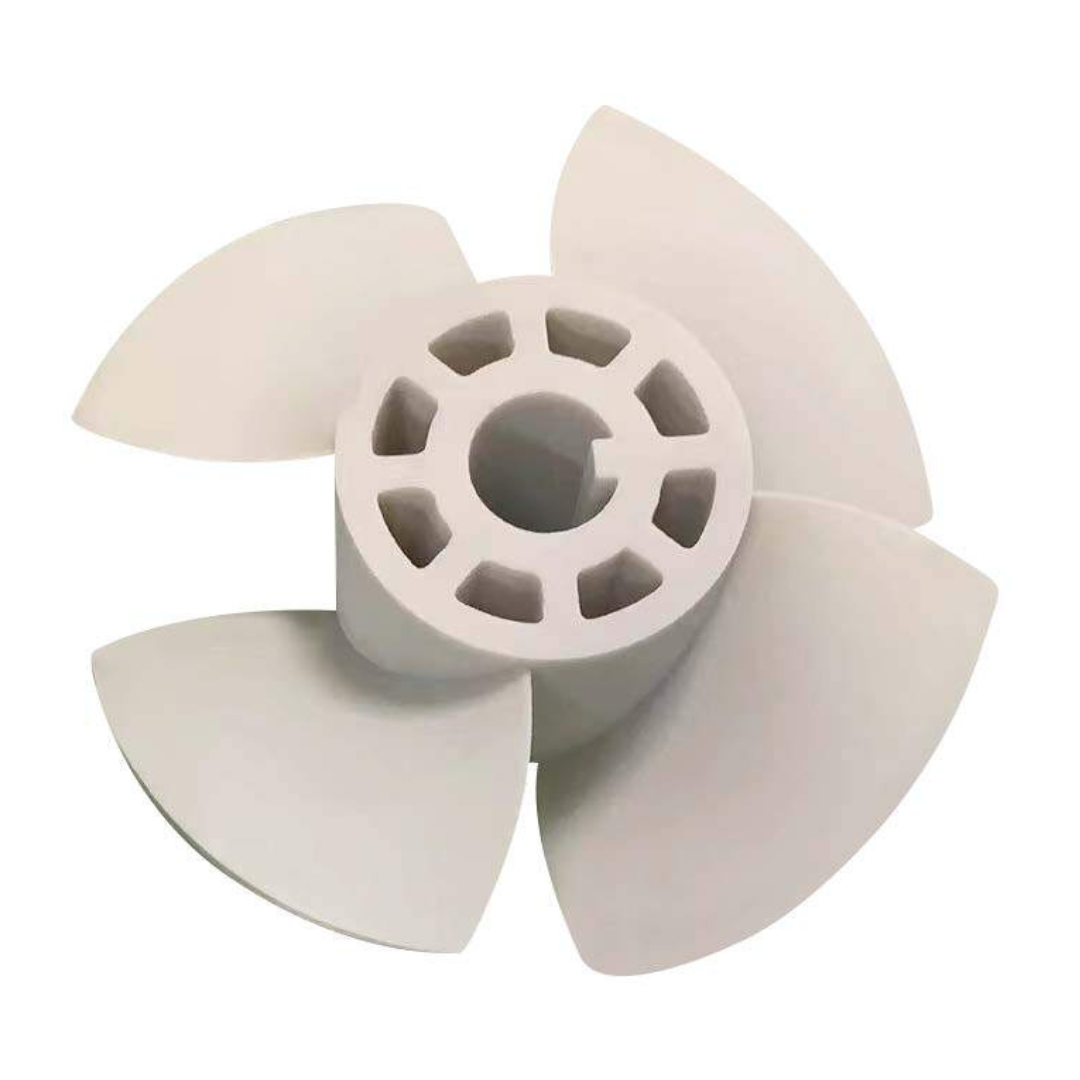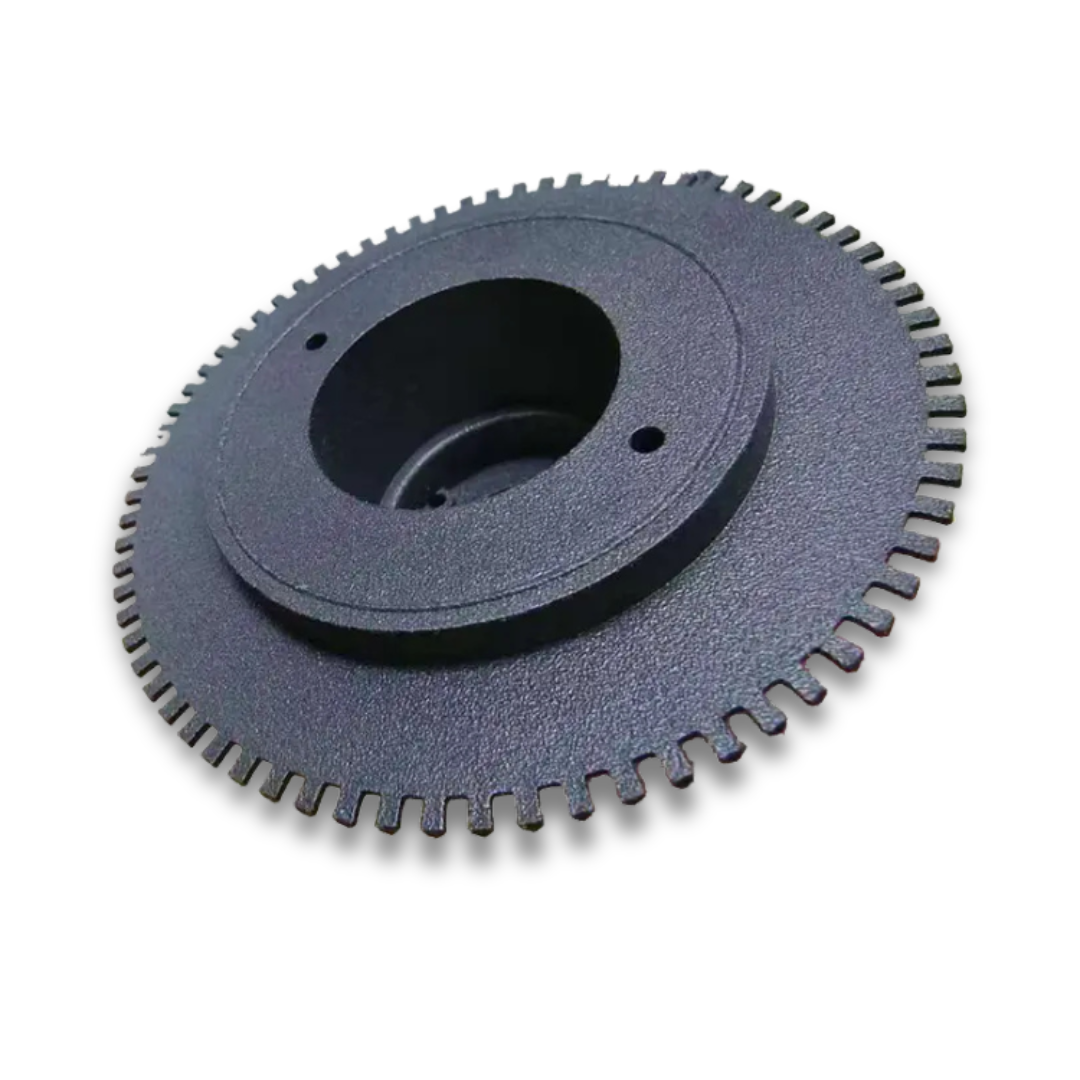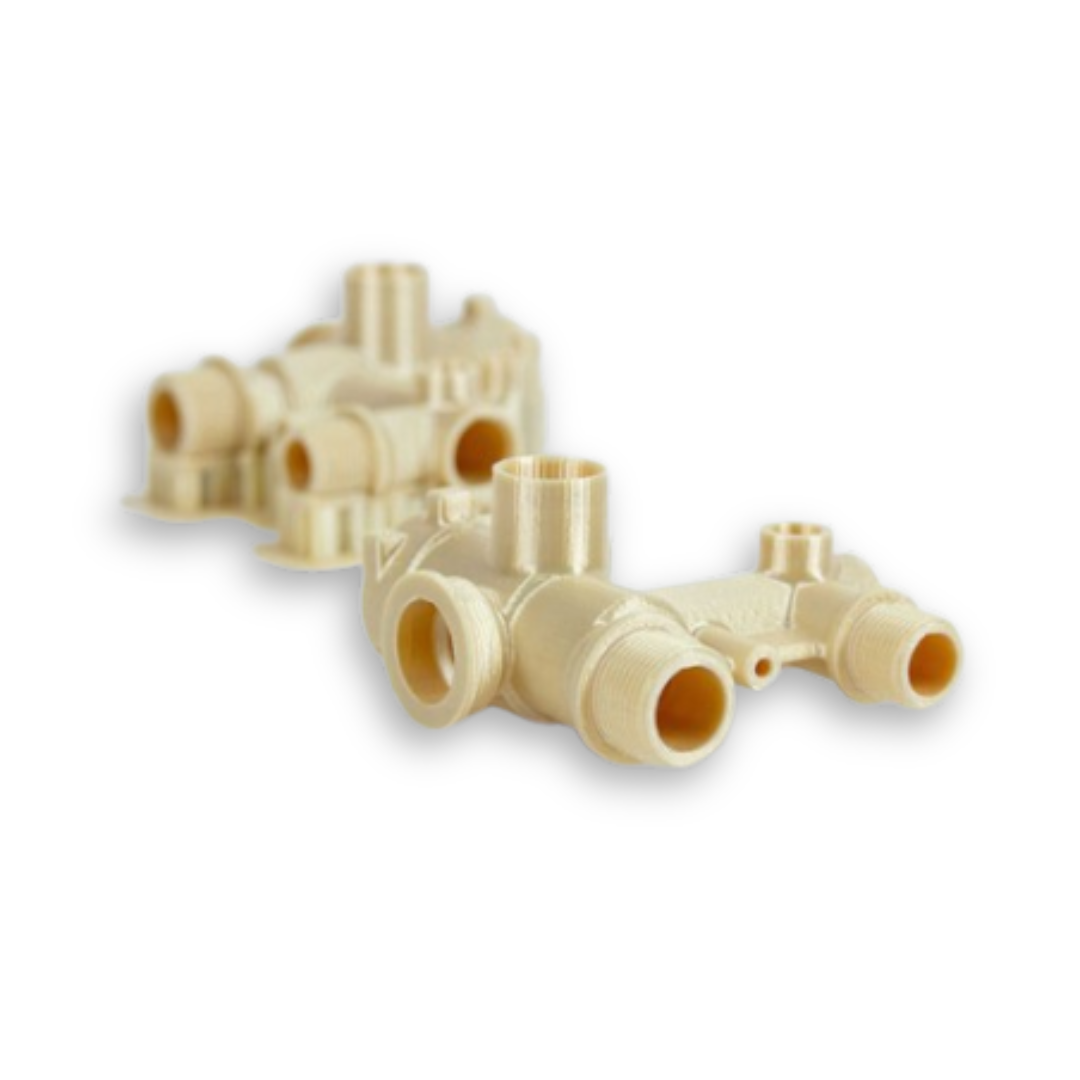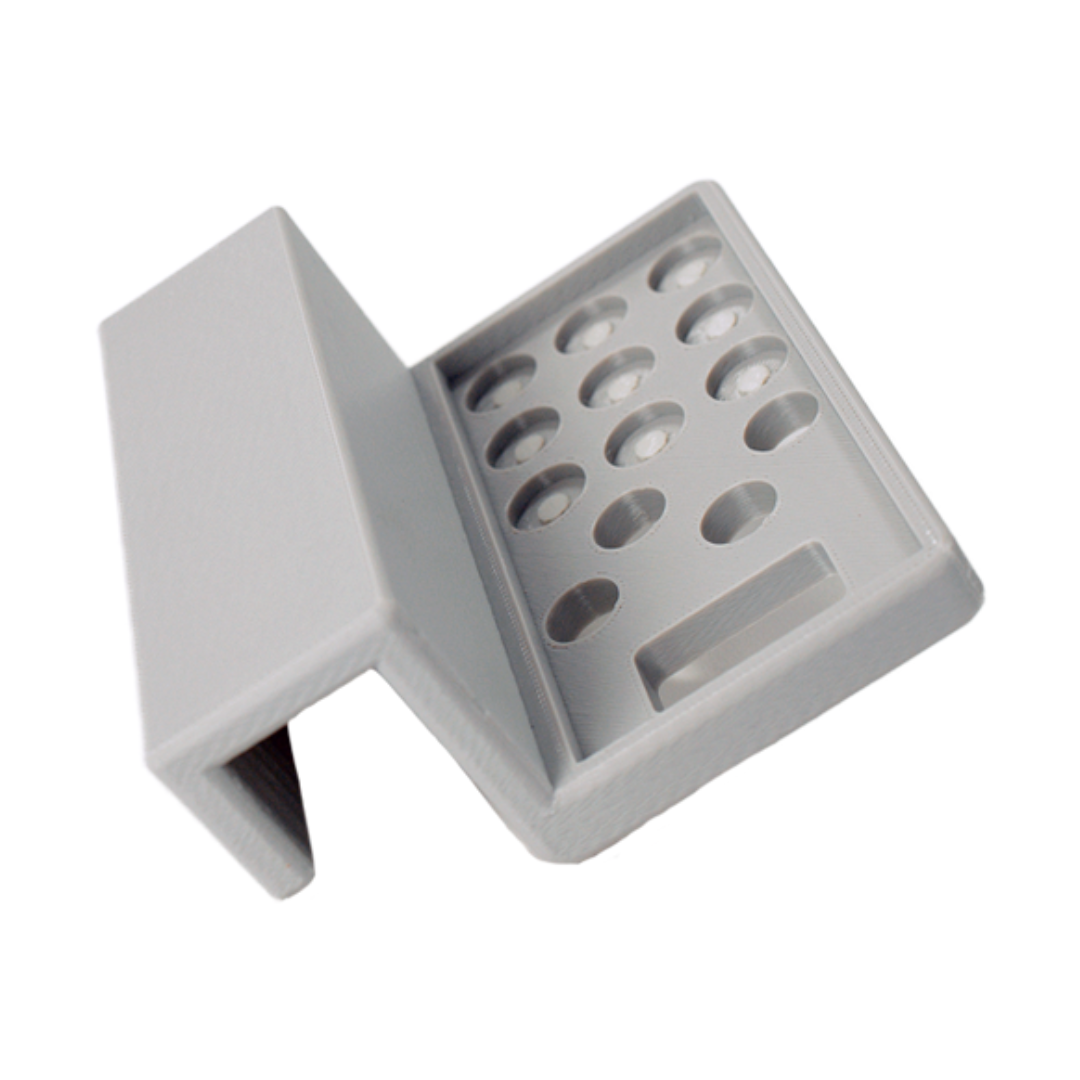While most discussions on additive manufacturing have concentrated on producing increasingly larger parts, it’s worth noting that many of today’s products are becoming smaller, such as the minuscule components found in everyday handheld electronics and the advanced devices enabling microscopic exploration and implantation in the medical field.
Previously considered out of reach for additive manufacturing due to challenging requirements, recent technological advancements have now made microscale 3D printing a reality, enabling manufacturers to produce industrial-quality parts as small as two microns, and this breakthrough is poised to significantly impact the industry moving forward.
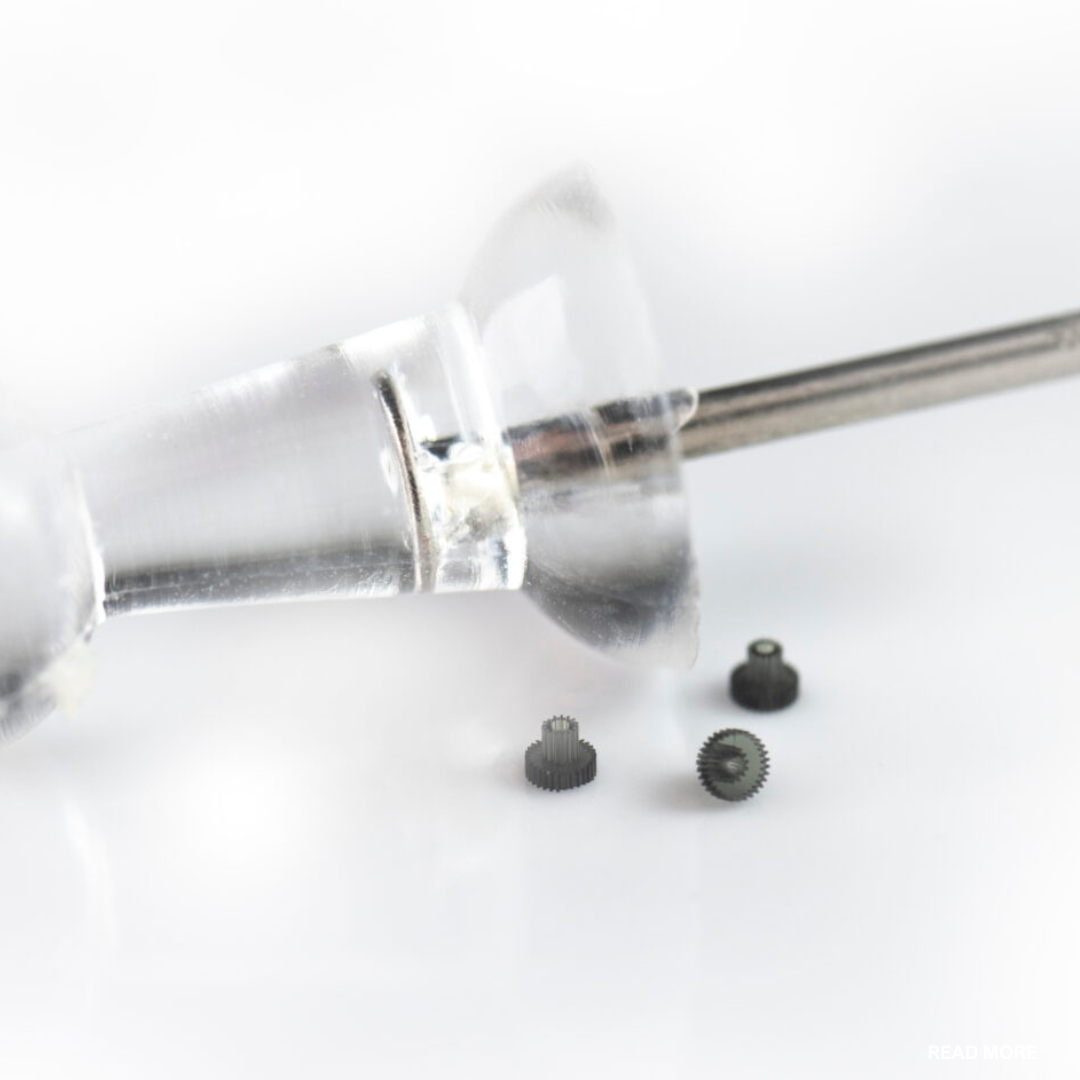
What is PµSL?
Projection Micro Stereolithography (PµSL) is a form of stereolithography (SLA) that incorporates a DLP® light engine, precision optics, motion control, and advanced software to build parts by curing photopolymer resins with light.
While similar to conventional SLA and Digital Light Projection (DLP), PµSL technology offers significant differences, such as high accuracy, extremely fine detail, and exceptionally smooth surfaces.
This technology uses a flash of ultraviolet (UV) light to rapidly photopolymerize an entire layer of resin, supporting continuous exposure for faster processing.
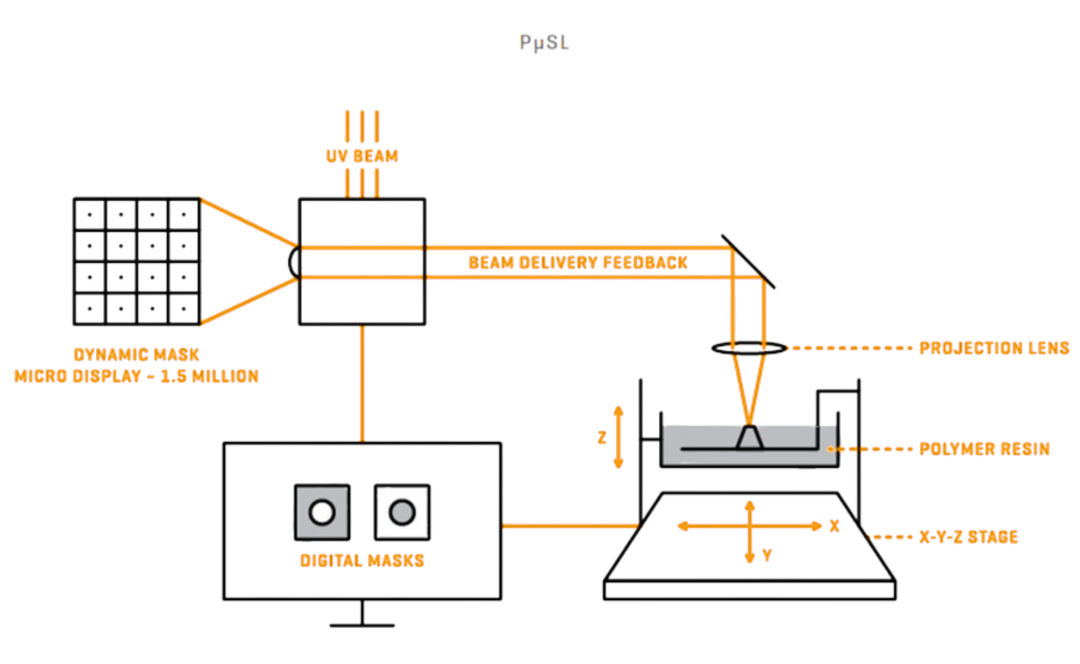
Are you curious about how PµSL work?
PµSL, like other 3D printing processes, begins with a CAD file that is sliced into 2D digital masks, each defining specific areas of a layer to be exposed or hidden; these masks are sequentially processed within micro 3D printing system, which uses a DLP chip, projection lens, and UV-curable resin reservoir to achieve resolutions of several micrometers or nanometers, supporting materials from engineering plastics to hydrogels and composite resins containing ceramics or metals.
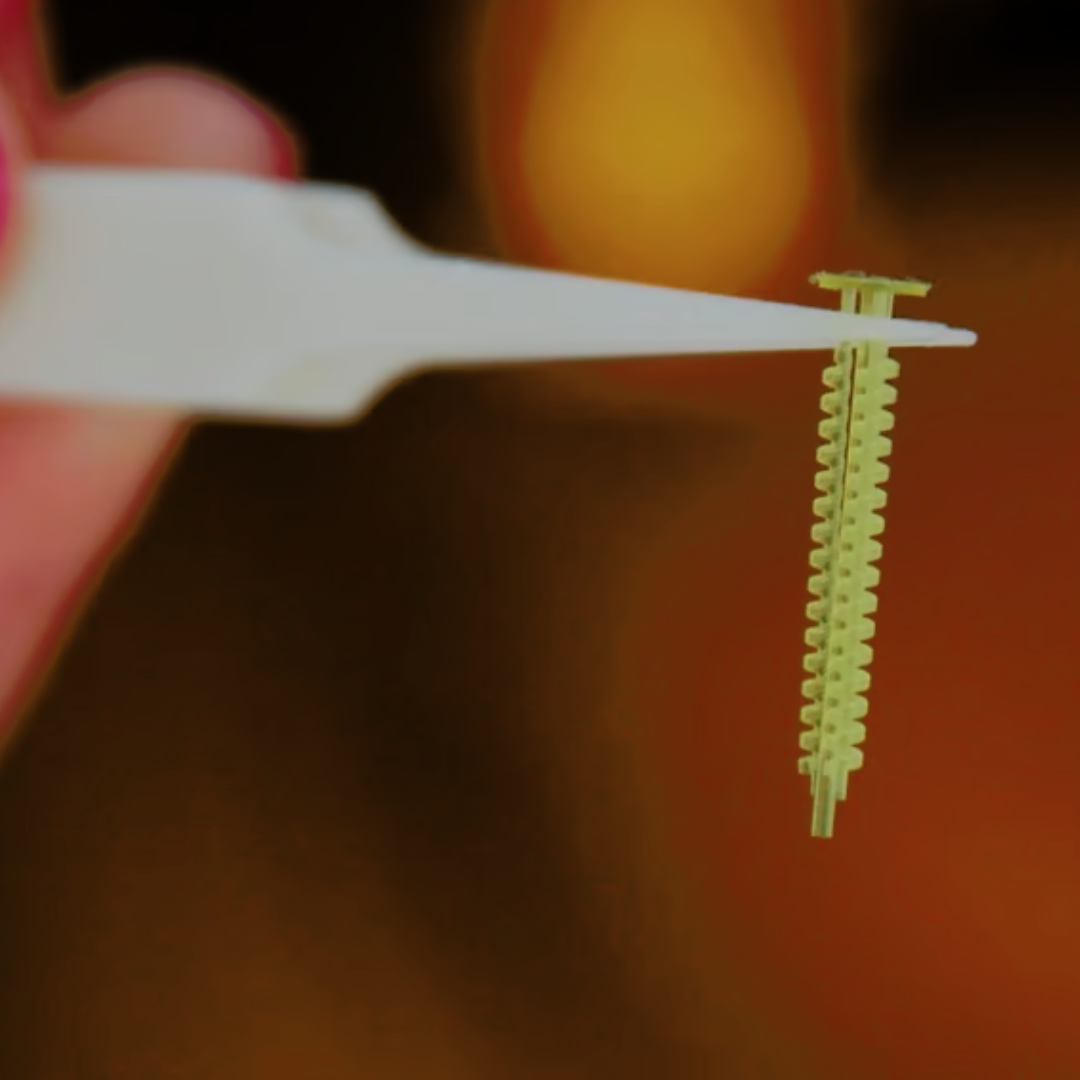
When is PµSL used for 3D printing prototype parts?
Due to its high accuracy and fine detail, PµSL is ideal for creating parts that cannot be manufactured using other technologies like SLA, DLP, SLS, or PolyJet.
It is particularly popular for concept models, functional prototypes, and low-volume end-use parts where small sizes and precise accuracy are essential.
Typical applications include components for medical devices, drug delivery systems, life sciences, biotechnology, and microfluidics.
Type of Application of PµSL 3D Printed Parts
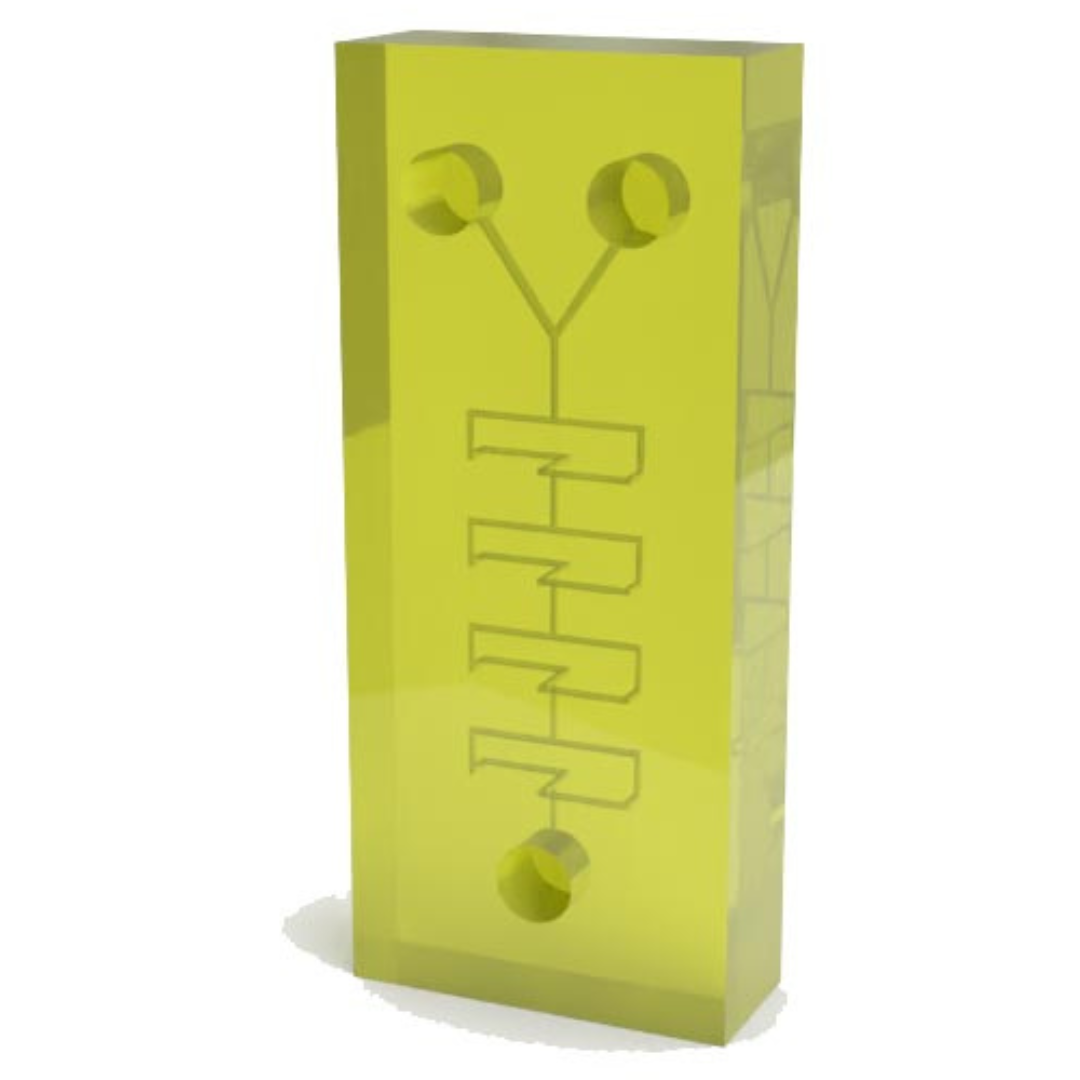
MICROFLUIDIC CHIP
- Tolerance ±0.025mm
- Part Size: 15mm x35mm x6.2mm
- Complex internal channels
- Minimum flow path of 400µm
- Resolution: 10μm
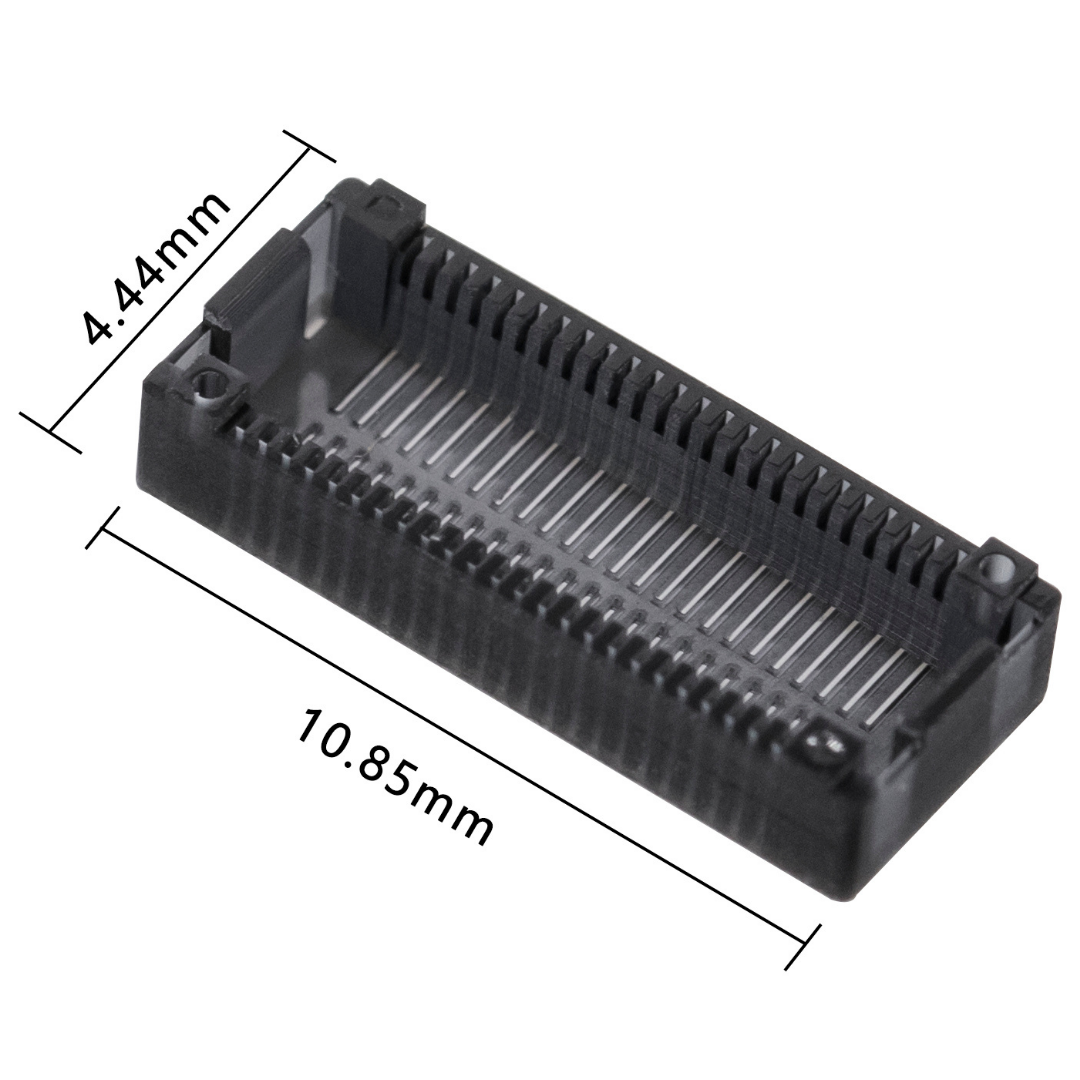
ELECTRONIC CONNECTOR
- Tolerance ±0.025mm
- Part Size: 10.83mm ×4.33mm x2.9mm
- 140um slots and walls
- Resolution: 10μm
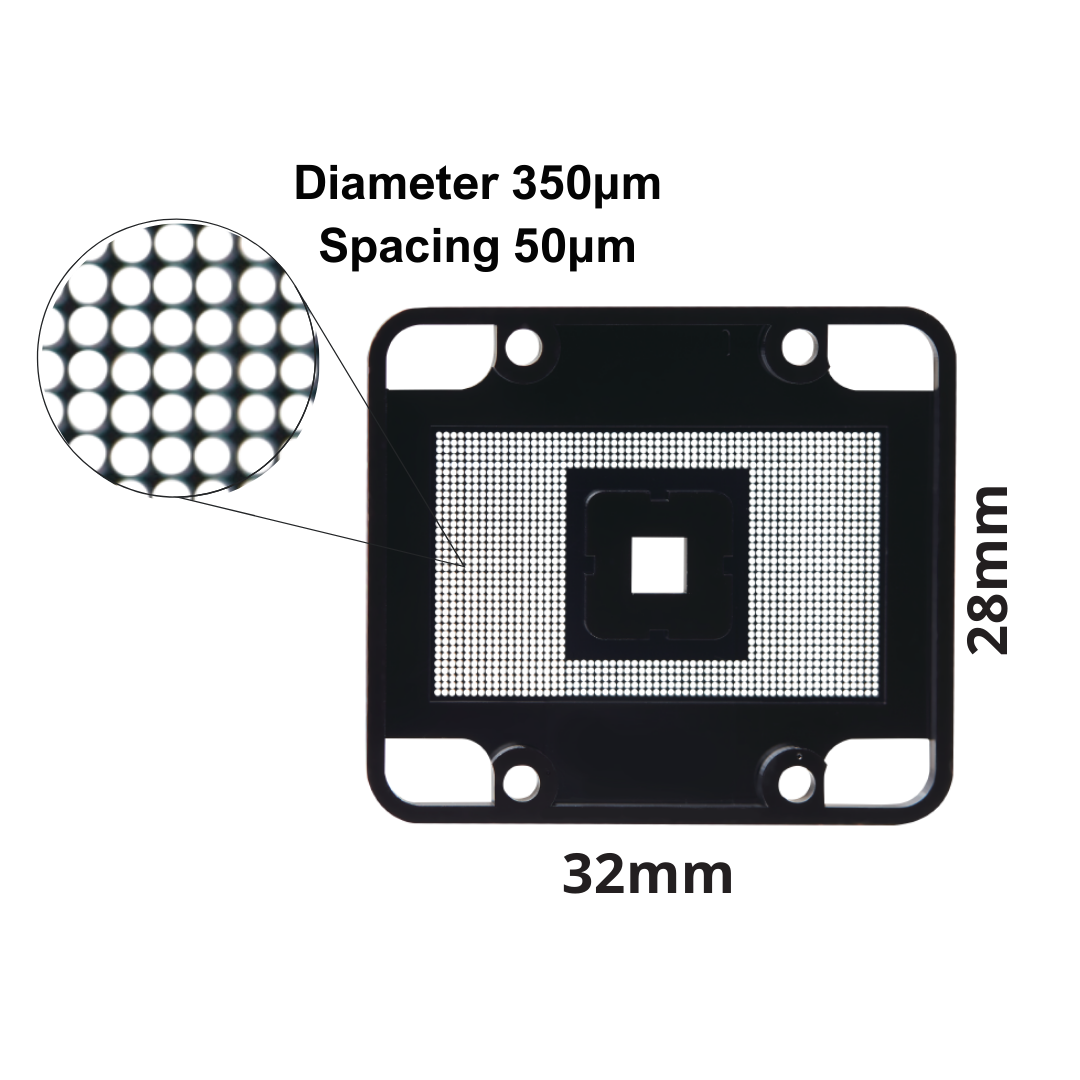
Socket of chip
- Tolerance ±0.025mm
- Mirror finish, sharp edges, heat resistant
- Dimension: 28mm*32mm*4.5mm
- Micro hole diameter: 350μm
- Spacing: 50μm
- Resolution: 10μm
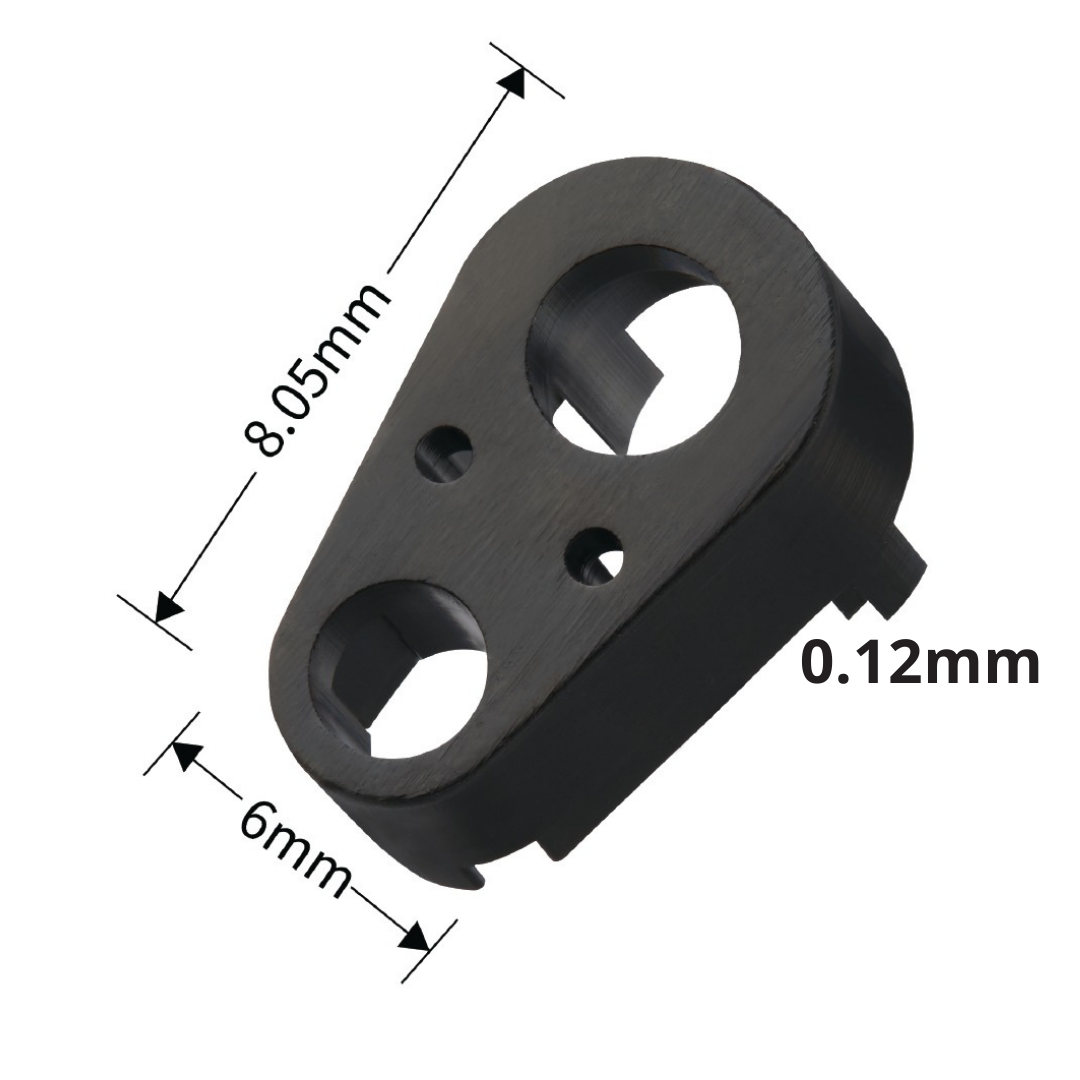
Endoscope Shell
- Tolerance ±0.025mm
- Dimension: 6mm*4.5mm*8.05mm
- Minimum hole diameter: 0.65mm
- Minimum wall thickness: 0.12mm
- Resolution: 10μm
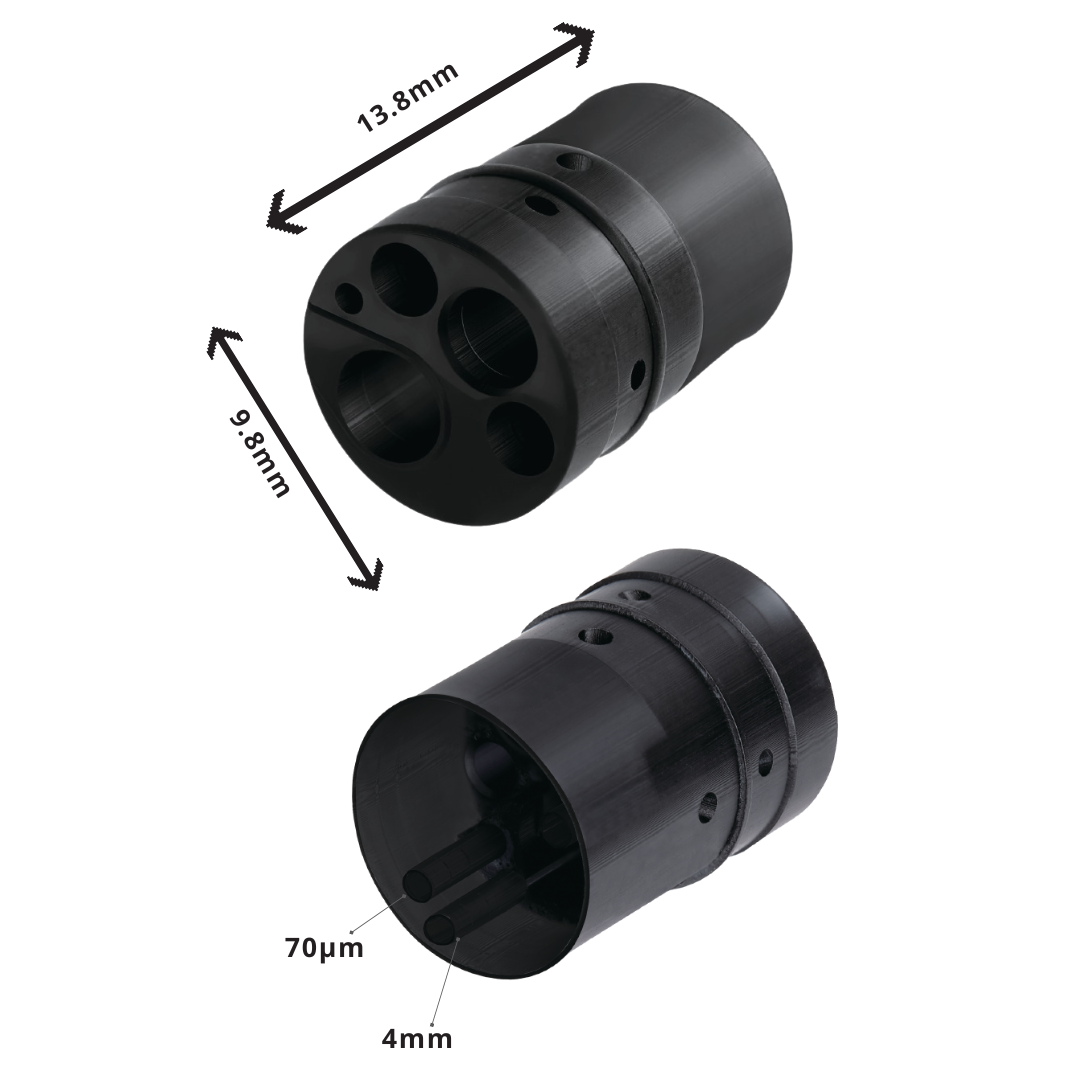
Medical Endoscope Base
- Tolerance ±0.025mm;
- Part Size: 15mm x35mm x6.2mm
- The height of the cylinder: 4mm
- Thin wall thickness: 70μm
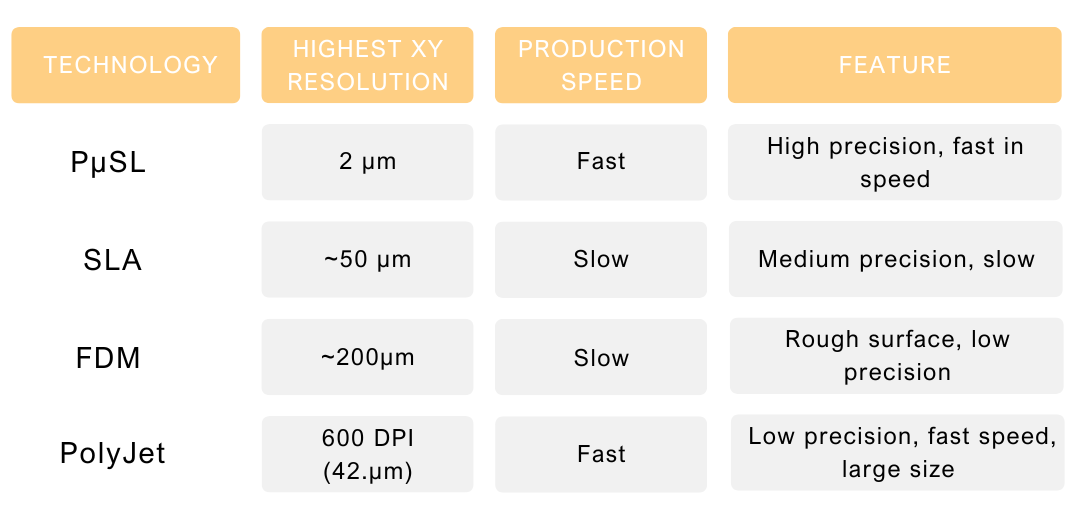
PµSL vs. Competing Technologies
PµSL technology sits at the intersection of two significant trends in modern manufacturing: 3D printing and miniaturization. While miniaturization has been limited by challenges in prototyping and the cost-effective production of small parts, PµSL stands out by surpassing the capabilities of traditional 3D printing technologies, offering unmatched precision, resolution, and accuracy for small-scale components at faster speeds.
Connect with Projet:
If you’ve had a positive experience with Projet that you’d like to share, please reach out to us at enquiry@projettech.com. We eagerly anticipate hearing from you.
For additional information, visit our website for comprehensive details about our services and contact information. Our friendly team is ready to assist you at any time.
micro 3d printing malaysia


